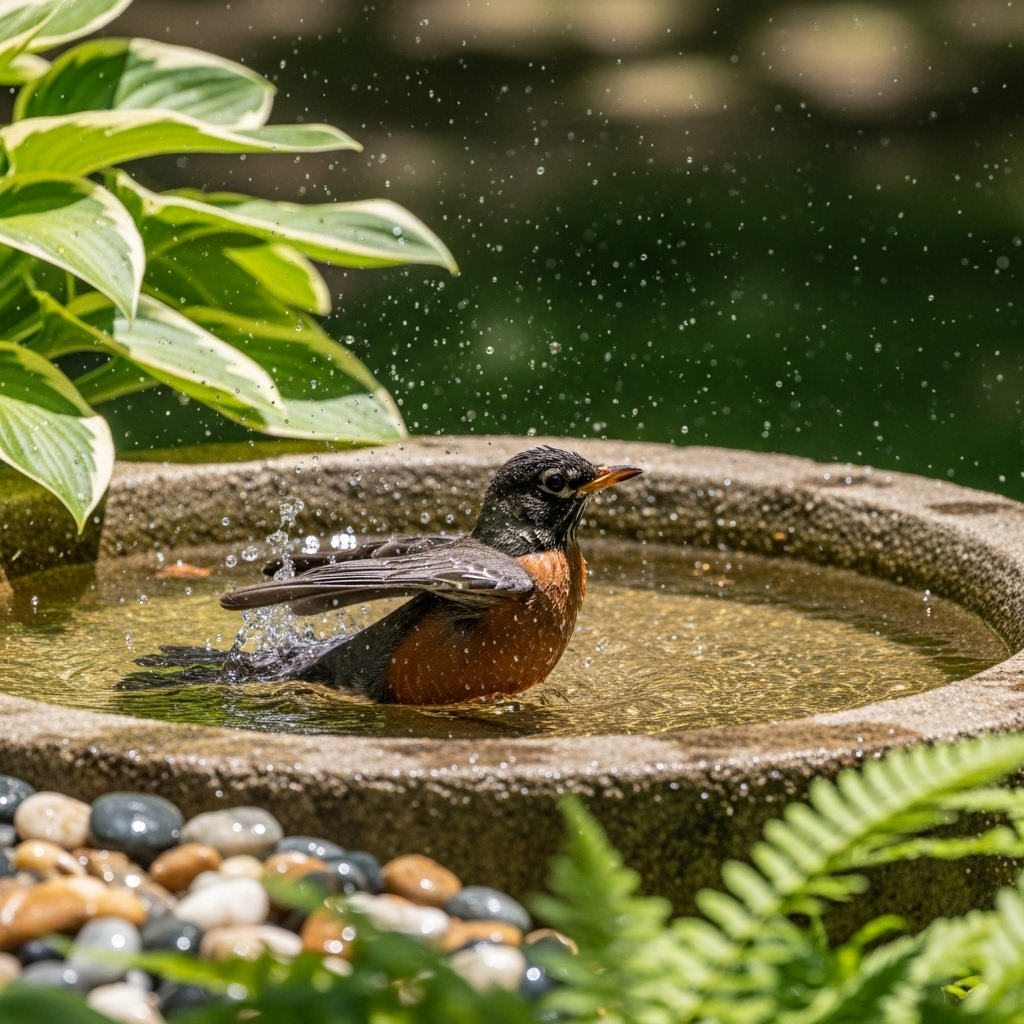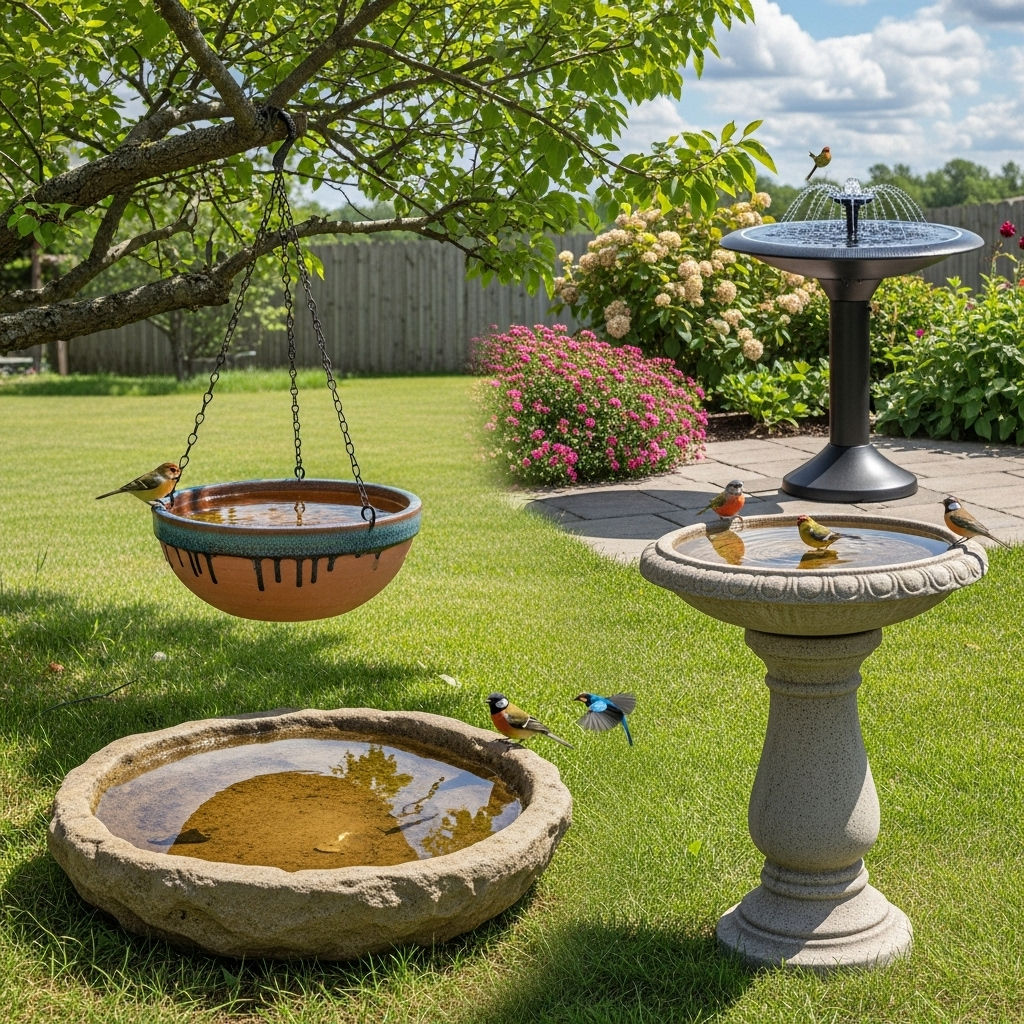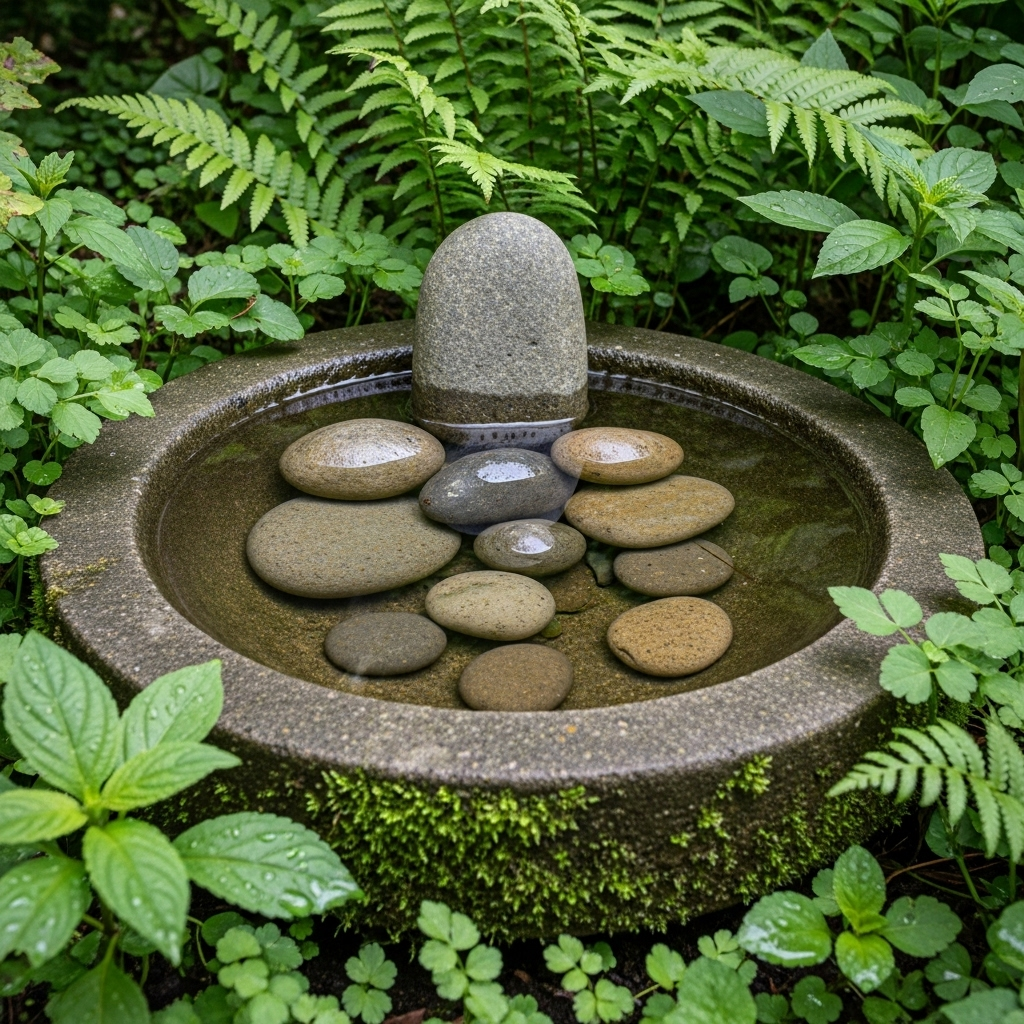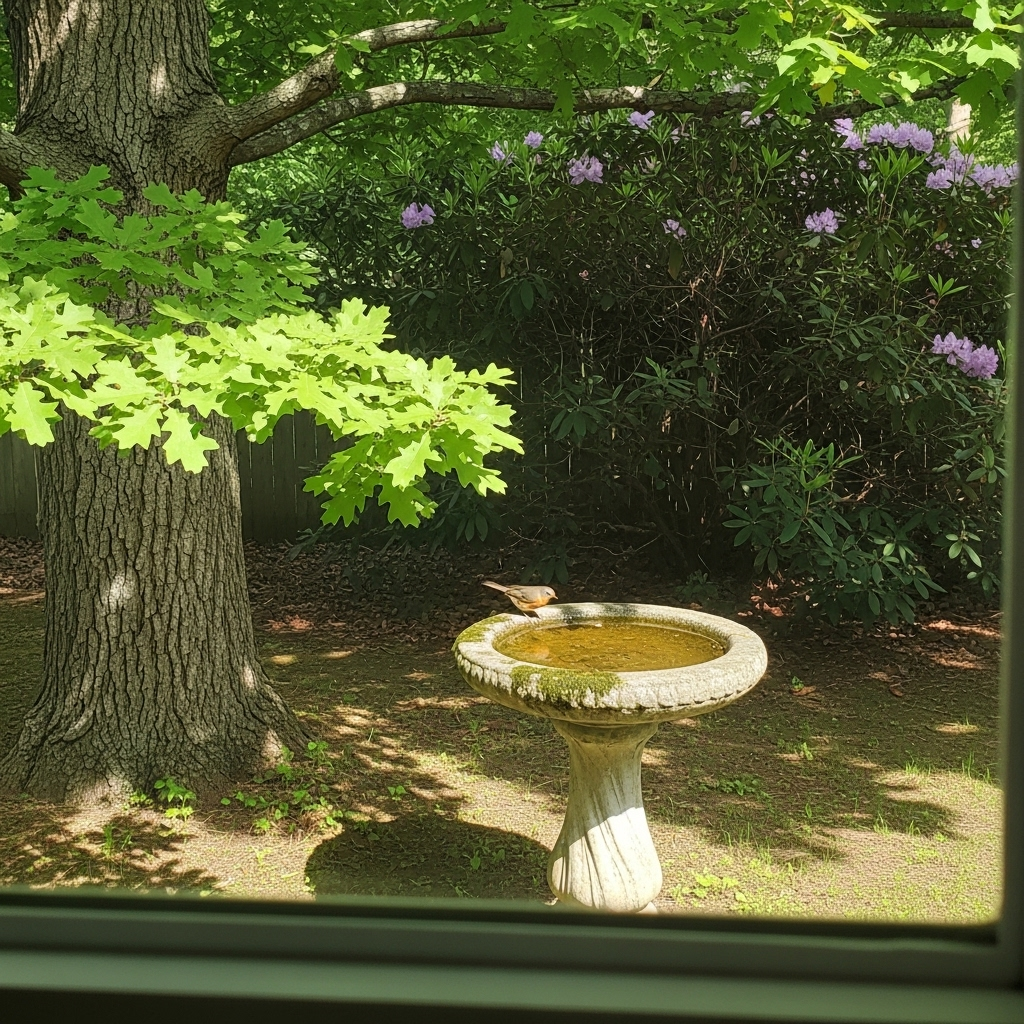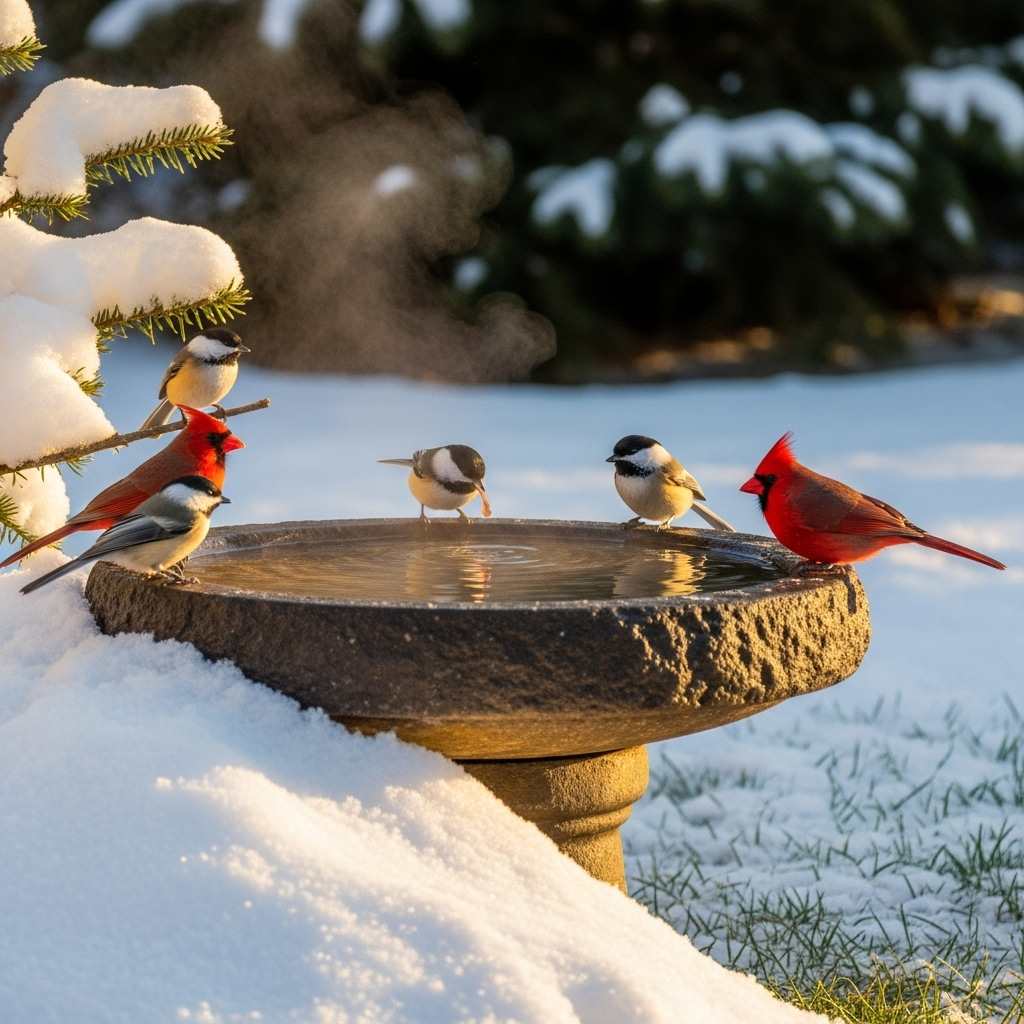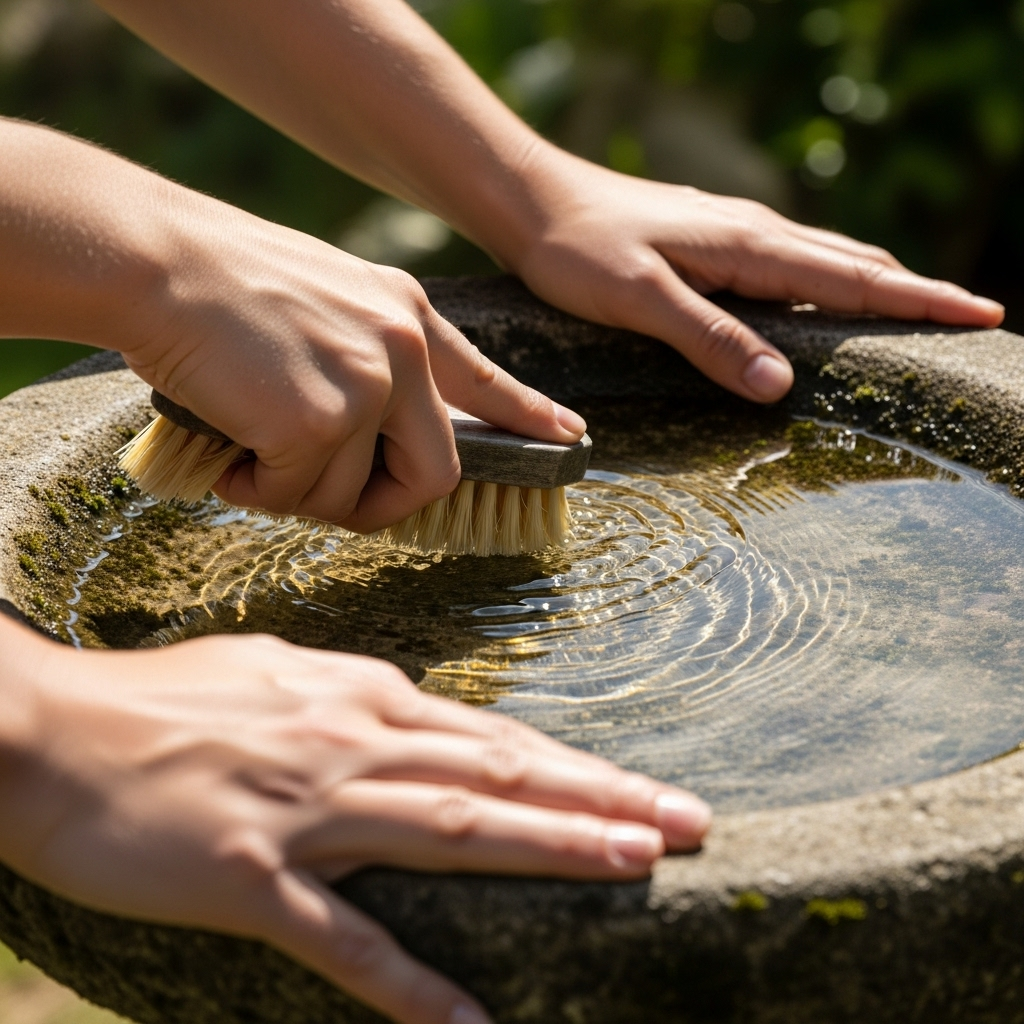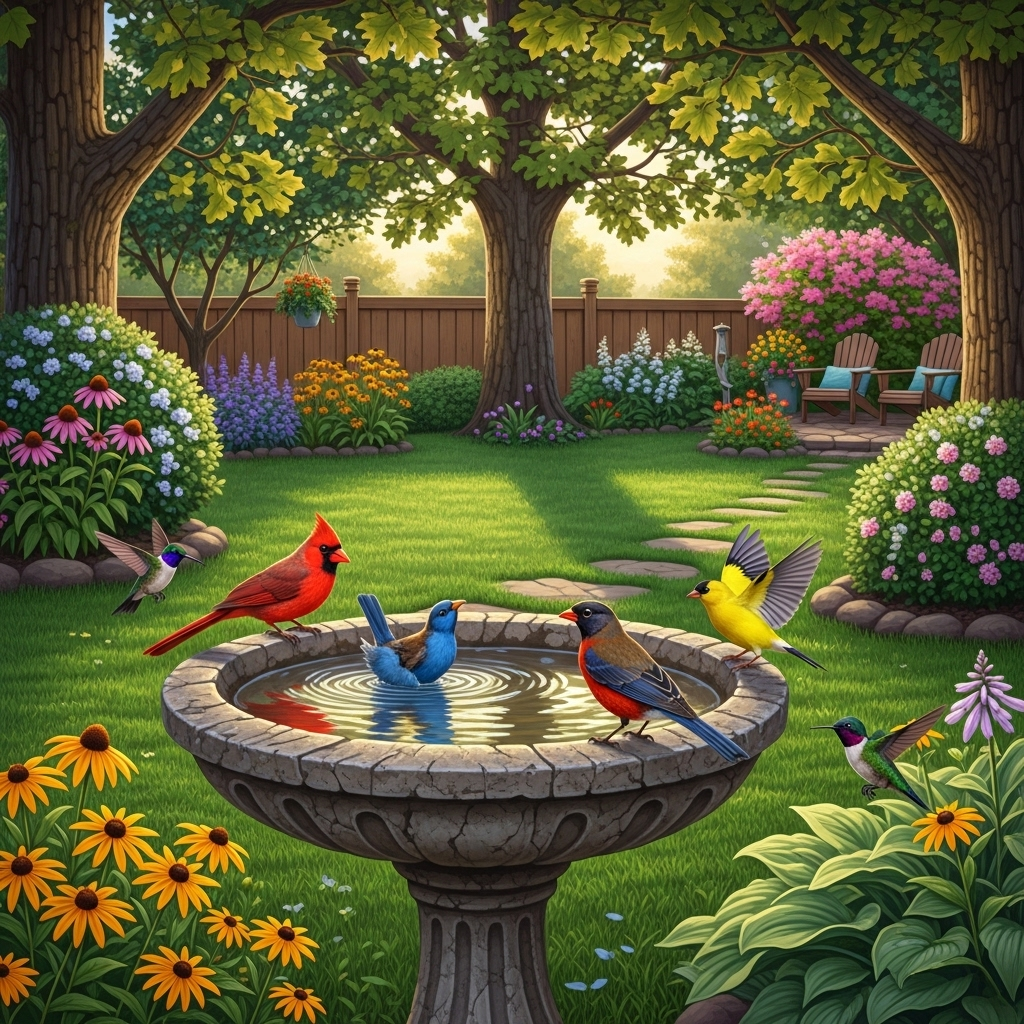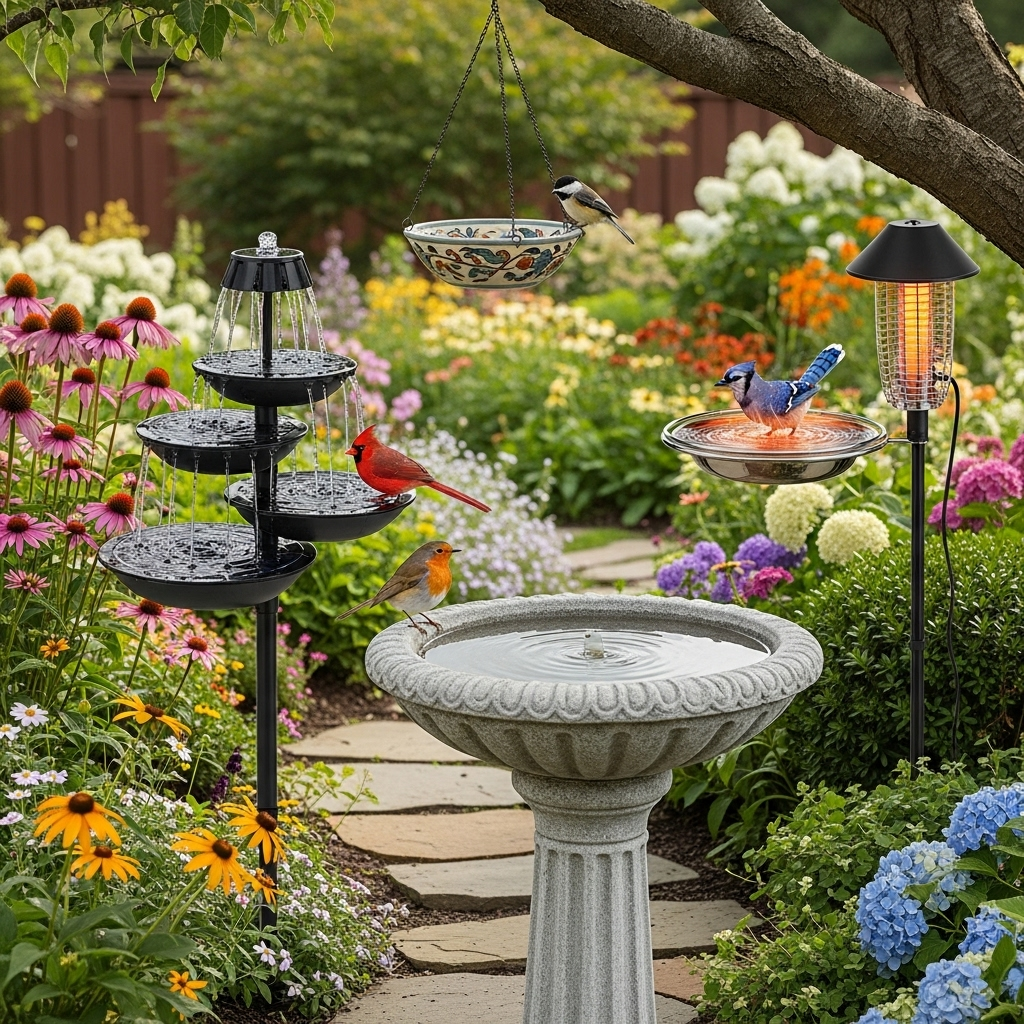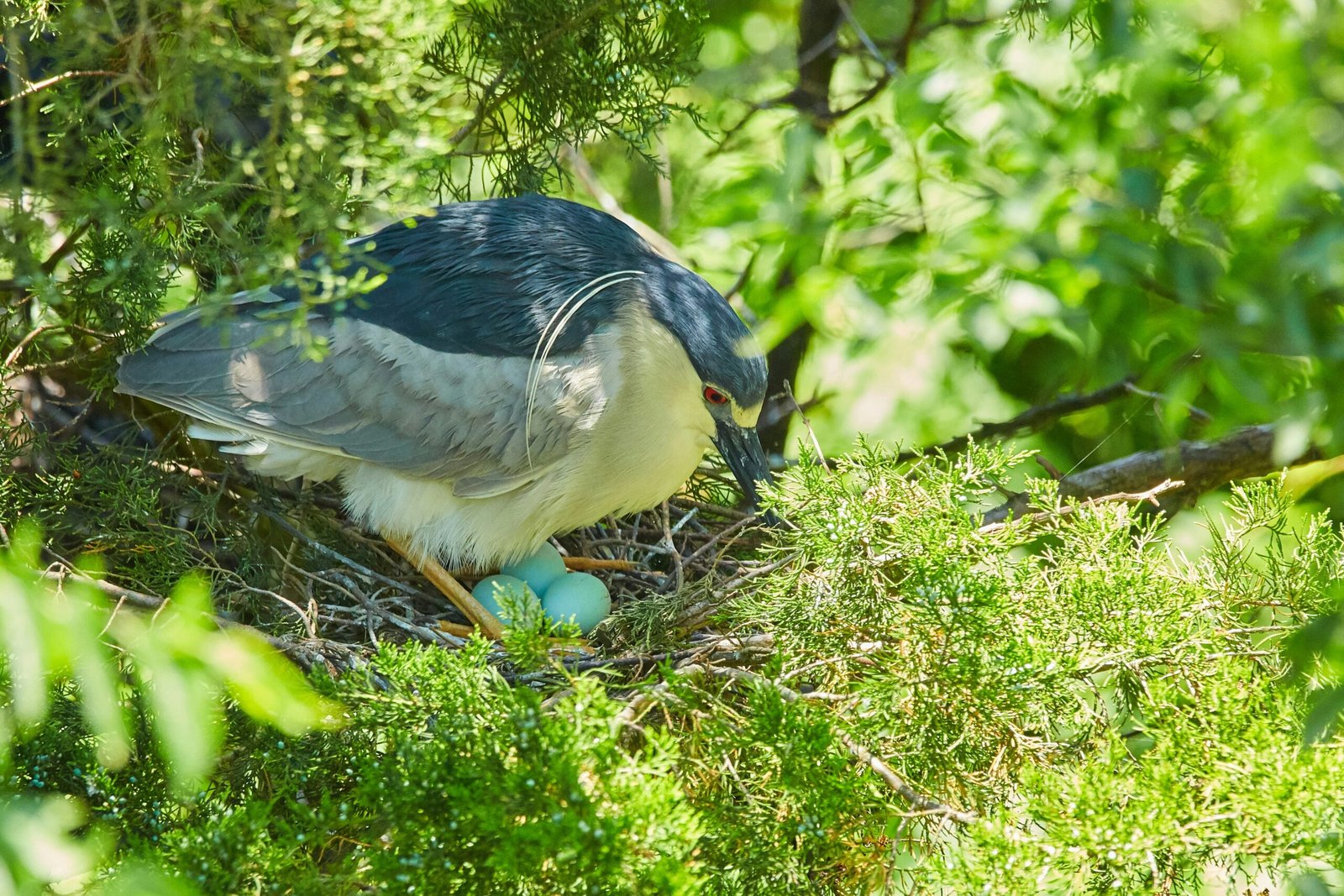Want to turn your backyard into a colorful bird paradise? Installing a bird bath is one of the best decisions you can make. Bird baths don’t just attract birds like cardinals, finches, and robins — they also help keep them healthy by providing fresh water to drink and bathe in. Whether you live in the suburbs of the USA or a rural area of Canada, a well placed bird bath will turn your yard into a birdwatching hot spot.
In this post we’ll cover everything you need to know about choosing the best outdoor bird baths — types and materials to placement, cleaning, and seasonal care.
1. Why Bird Baths Are Important
Birds need water every day — not just for drinking but also for keeping their feathers clean. Clean feathers help birds fly efficiently and regulate body temperature. During hot summers in the USA or freezing winters in Canada, natural water sources can be limited. A backyard bird bath provides a safe, reliable water source that makes your yard irresistible to a wide variety of birds.
2. Benefits of Having a Bird Bath in Your Yard
Adding a bird bath is more than just decoration. Here’s what you gain:
- Attract colorful birds like cardinals, orioles, bluebirds, goldfinches, and even hummingbirds.
- Support bird health by helping them stay hydrated and clean.
- Create a peaceful backyard retreat with the soothing presence of wildlife.
- Educational for families and kids — a bird bath provides an up-close view of bird behavior.
3. Types of Bird Baths for Outdoors
Not all bird baths are the same. Depending on your yard and climate, one type may work better than another:
- Ground Baths: Shallow bowls placed directly on the ground, ideal for small birds like sparrows and doves.
- Pedestal Baths: Elevated baths that keep water cleaner and provide birds with a safe view of predators.
- Hanging Baths: Suspended from trees or hooks, great for smaller backyards or balconies.
- Heated Bird Baths: Essential for Canadian winters and northern U.S. states, keeping water from freezing.
- Solar Fountain Baths: Feature moving water to attract more birds and prevent mosquito growth.
4. Best Materials for Bird Baths
Choosing the right material ensures your bird bath lasts longer and stays easy to maintain.
- Concrete or Stone: Durable and stable, but heavy to move.
- Ceramic or Glass: Stylish and colorful, though more fragile in cold climates.
- Metal (Copper or Steel): Long-lasting and resistant to weather, but can heat up in direct sun.
- Plastic or Resin: Lightweight, affordable, and easy to clean, but may tip over in windy areas.
For freezing Canadian winters, concrete or resin bird baths tend to withstand the cold best.
5. Ideal Size and Depth of a Bird Bath
The most effective bird baths are shallow. Birds prefer water that’s 1–3 inches deep with gently sloping sides. Shallow baths keep small birds safe while giving them enough space to splash around. If your bath is deeper, place a few flat stones inside so birds can perch safely.
6. Placement of Your Bird Bath
Where you place your bird bath matters as much as the bath itself:
- Choose a shady spot to keep water cooler and fresher.
- Keep near trees or shrubs so birds feel safe from predators.
- Avoid ground-level baths in areas with cats or other backyard predators.
- Visible from a window so you can enjoy birdwatching without disturbing them.
Birds are more likely to visit a bath that feels secure and is within their natural fly path.
7. Keeping Bird Baths Clean and Fresh
A dirty bird bath can spread diseases among birds, so regular cleaning is key.
- Change the water every 1–2 days, especially in summer.
- Scrub with a stiff brush once a week to prevent algae.
- Avoid using chemical cleaners — a simple vinegar-water solution works best.
- For mosquito prevention, moving water (via drippers or fountains) is highly effective.
8. Bird Baths for Winter: Don’t Forget Cold Climates
In many parts of Canada and the northern USA, water freezes quickly in winter. Birds still need water, so here’s how to help:
- Use a heated bird bath with built-in heaters.
- Add a bird bath de-icer to keep water liquid.
- Place the bath in a sunny spot to maximize natural warmth.
This small effort can make a big difference for overwintering birds like chickadees, cardinals, and nuthatches.
9. How to Attract More Birds to Your Bird Bath
Want to make your bath a bird magnet? Try these tips:
- Add a dripper or small fountain — birds are drawn to moving water.
- Place multiple baths at different levels (ground, pedestal, hanging).
- Surround the bath with native plants or flowers to create a natural, safe environment.
- Offer food nearby — pairing bird feeders and bird baths increases traffic dramatically.
10. Best Outdoor Bird Baths to Consider
Here are some popular choices among bird enthusiasts in the USA and Canada:
- Pedestal Bird Bath with Wide Basin – Classic design, stable, and attracts a variety of species.
- Solar Fountain Bird Bath – Adds moving water, perfect for sunny backyards.
- Heated Bird Bath – Essential for winter bird care in northern climates.
- Hanging Bird Bath – Space-saving option for balconies or small yards.
- Ground-Level Stone Bath – Natural look, great for robins, doves, and sparrows.
When choosing, balance durability, style, and ease of cleaning for the best long-term results.
Final Thoughts
Adding a bird bath to your backyard is one of the simplest ways to attract more feathered visitors. Whether you’re in sunny Florida, snowy Ontario, or anywhere in between, a bird bath creates an inviting oasis that keeps birds healthy and brings joy to your outdoor space.
By choosing the right style, keeping it clean, and placing it wisely, you’ll soon enjoy a colorful stream of visitors — from goldfinches and bluebirds to woodpeckers and cardinals.
So, if you’re ready to bring nature closer to home, start with a bird bath — and let the magic of backyard birding begin.


